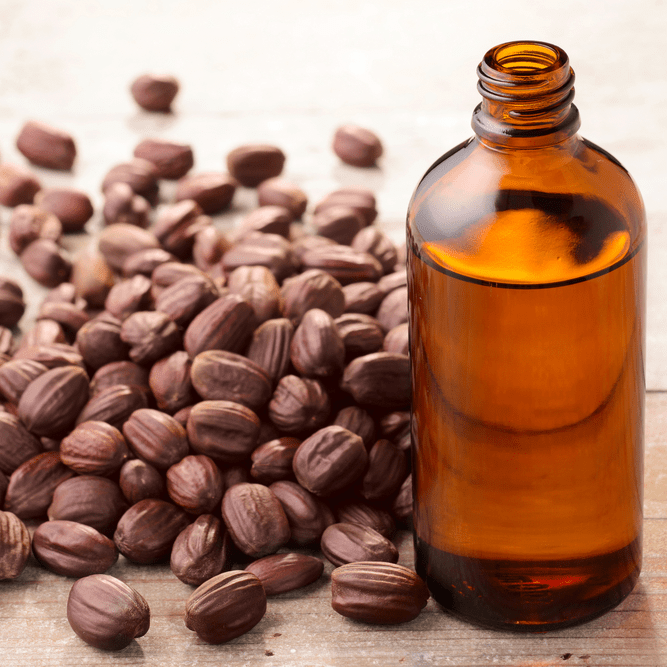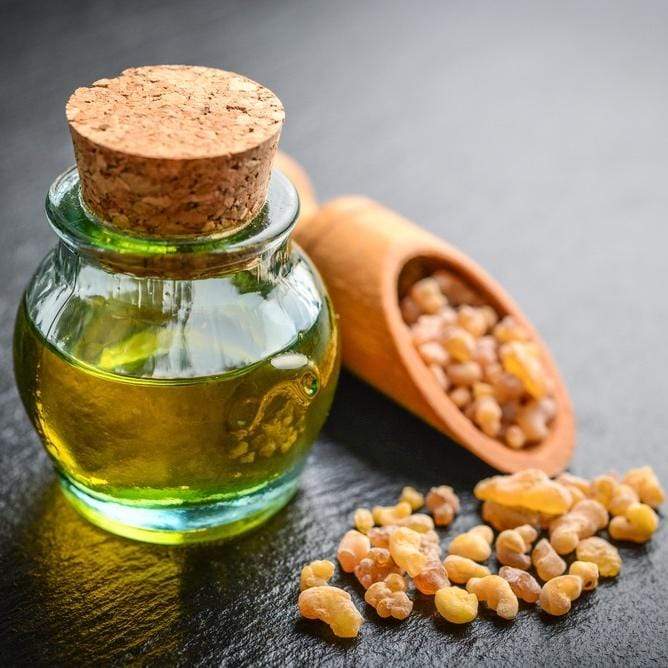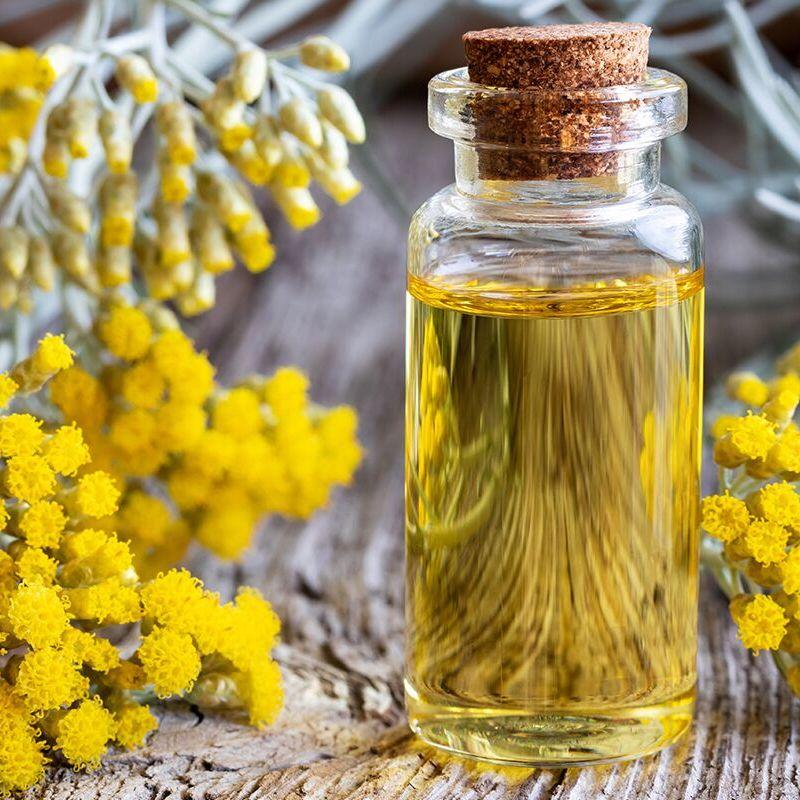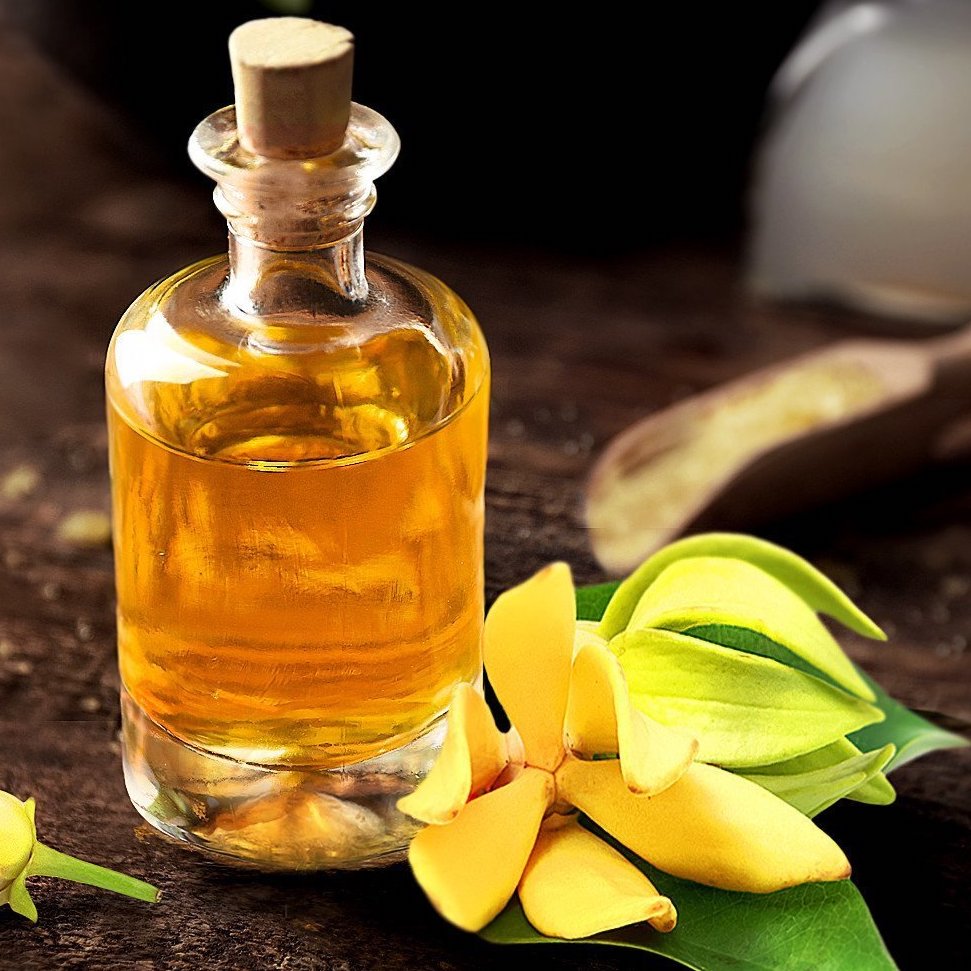Your Cart is Empty
ORGANIC 1 is OPEN: 🇺🇸 FREE Shipping in USA
The jojoba (pronounced ho ho ba) plant is a perennial plant native to the desert climates of Mexico and North America. This hearty, woody shrub produces nuts which can be processed to extract jojoba oil, which has many skincare and health benefits, and is gentle enough on its own to serve as a carrier oil, or an oil used as a base for added essential oils. You don’t need to add anything to jojoba oil to benefit from it, and in many cases, you may want to just stick with the pure product.
Jojoba oil has made its way into the skin care routines of many people, for good reason. Jojoba oil is a humectant, meaning that it forms a protective barrier around your skin to prevent it from losing moisture. It also has natural antimicrobial and antifungal properties, killing strains of bacteria and fungi that can cause salmonella, E. coli, or candida. Jojoba oil also contains a natural form of vitamin E, which works as a powerful antioxidant. The vitamin E in jojoba oil can protect your skin against the harmful effects of everyday exposure to pollutants in your environment, and has the added benefit of helping your skin recover from oxidative stress by eliminating free radicals caused by contaminants or UV rays.
Jojoba oil is also noncomedogenic, meaning it’s much less likely to clog pores or leave excessive build up on the surface of your skin, which guards against breakouts and acne. Jojoba oil is really more of a waxy substance than what we usually think of as an oil, and its chemical structure is very similar to the fatty oil (or sebum) that your body naturally produces. It is, in fact, so close in chemical composition to sebum that your skin reacts to it as it would its own naturally produced oils. Jojoba oil actually regulates sebum production because of its similarity. Skin which has been treated with jojoba oil is soothed and moisturized to an extent that your sweat glands and hair follicles don’t produce additional sebum, keeping your skin and hair from looking oily and preventing acne or other blemishes caused by clogged pores.
The natural antioxidants found in jojoba oil may actually help your body to produce collagen, a protein present in your skin, joints, and other connective tissue. Collagen levels naturally decrease with age, which causes changes to the skin of the face and neck. The antioxidants in jojoba oil applied to the skin have been shown to improve collagen synthesis, restoring skin elasticity and promoting a more youthful appearance. It has even been shown to speed the healing of minor surface wounds. Jojoba oil, again due to its similarity to your body’s own naturally produced sebum, encourages skin cells on the perimeter of a scratch or cut to more readily bond together, speeding healing and minimizing scarring.
Jojoba oil has natural anti-inflammatory and healing properties, and using it on the skin or in the hair can relieve dryness, itching, dandruff or flaking skin, and other skin conditions caused by inflammation. Inflammatory skin conditions like psoriasis and eczema can be treated with jojoba oil, and while it isn’t a cure per se, it will reduce symptoms and improve the appearance of the skin.
Because jojoba oil is so gentle and so similar to your skin’s natural oils, it doesn’t need to be diluted for use, but can be applied directly to your skin. Jojoba oil is hypoallergenic, meaning it’s considered safe to apply topically, but in some rare cases some people experience an allergic reaction. As with all oils or skincare products, when using jojoba oil for the first time, it’s best to perform a “patch test” to ascertain whether you might have an allergy. To perform a patch test, apply a few drops of jojoba oil to the skin of the inner forearm, cover the area with a loose-fitting bandage, and wait up to 24 hours. Remove the bandage to check the skin for any signs of inflammation, redness, or irritation. If none is present, you aren’t allergic to jojoba oil, and can feel free to use it liberally on your skin.
The best form of jojoba oil is that which has been cold-pressed, so when looking for jojoba oil to add to your skincare regimen, be sure to check labels for this specification—and you may also want to opt for purely organic jojoba oil as well. Cold-pressed jojoba oil retains more of the natural antioxidants than oil extracted using a hot-press process, as the heat generally destroys or degrades some of those antioxidant compounds.
Jojoba oil is an amazing, all-natural skincare product with a wide variety of healing properties. It can be used as a cleanser, a moisturizer, or as a spot treatment for acne, scrapes, cuts, or other blemishes. It can be used anywhere on your body, including on your face and on the delicate skin around the eyes, without being diluted. If you’re serious about skincare, you shouldn’t be without it.




